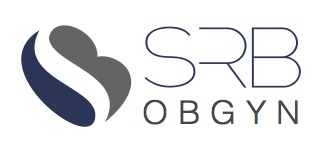Recently, doctors are recommending mammograms above and beyond the guidelines set forth by the U.S. Preventive Services Task Force (USPSTF). This revision to the common school of thought is driven by the understanding that women’s lives are saved by early screening and early detection. Therefore, the recommended age to begin getting screened has been reduced to 40. This information was the topic of a recent breast cancer screening study performed by the JAMA Internal Medicine. Based upon mammography’s potential to save lives, the JAMA study results have concluded that it’s not just worthwhile, but a physical imperative for women to begin getting screened at a younger age as well as extending the maximum recommended age to get screened. The thought behind this is to recommend various screening options to women and give them the opportunity to decide for themselves whether or not to pursue additional potentially life-saving screenings.
Some women may feel additional anxiety at the thought of being screened more frequently or at a younger age, but the recommendation seems to be the general consensus given that the Society for Breast Imaging (SBI), American College of Radiology (ACR), American Cancer Society (ACS), and the USPSTF are all in agreement that screening should begin as young as age 40.

